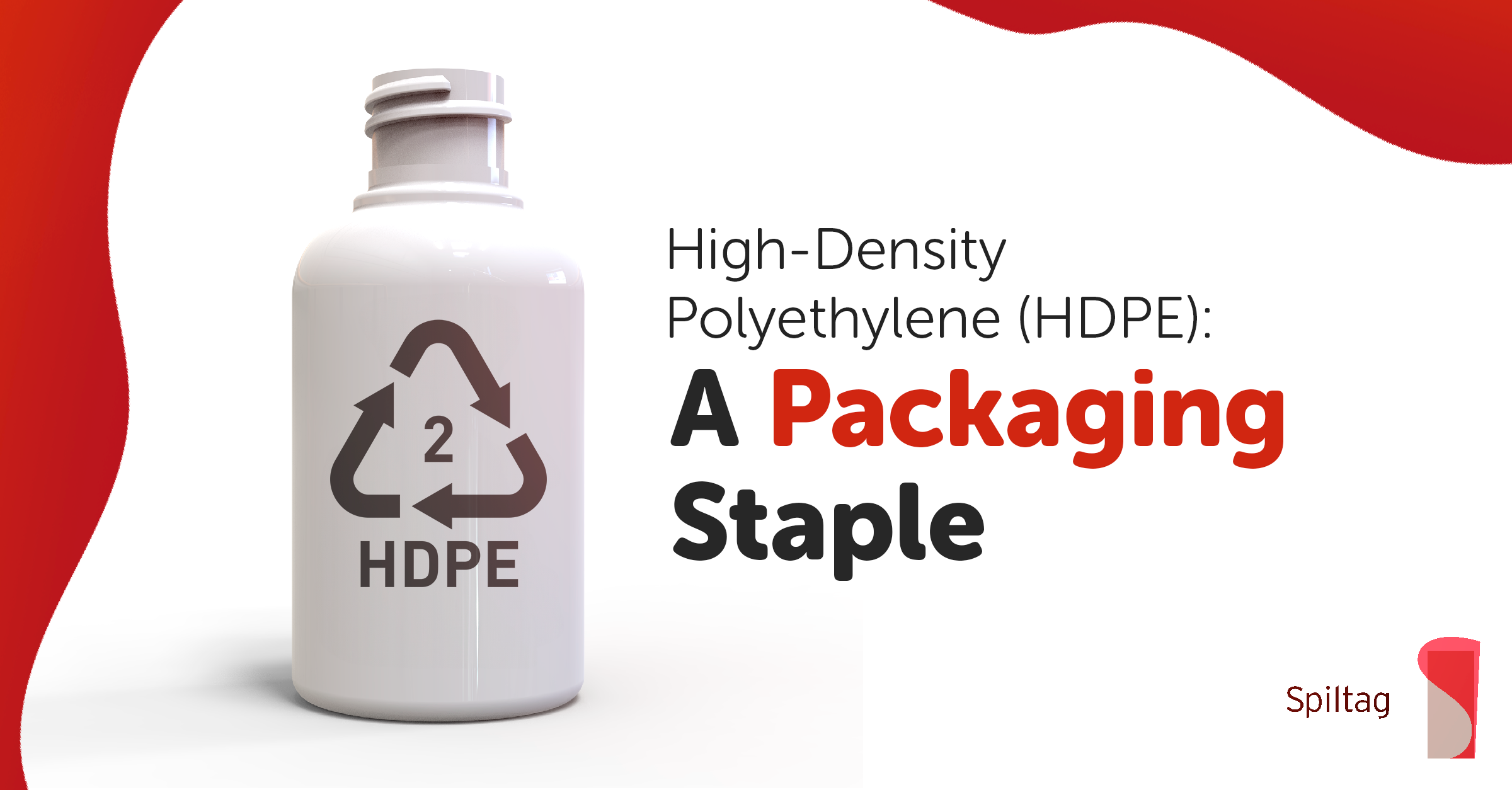
High-Density Polyethylene (HDPE) is a material that has become synonymous with modern packaging. Known for its strength, durability, and versatility, HDPE has made a significant impact on the packaging industry. In this blog post, we explore the properties of HDPE, its widespread use in packaging, and its implications for the industry and the environment.
Definition and Properties: HDPE, a thermoplastic from petroleum, stands out for its high strength-to-density ratio, offering resistance to impact, moisture, and chemicals.
Manufacturing Process: The process of creating HDPE involves the polymerization of ethylene, a process that results in a material that is both strong and flexible.
Common Uses: Manufacturers extensively use HDPE to produce bottles, containers, and jugs for everyday items such as milk, detergent, and shampoo.
Advantages for Packaging: Its strength, flexibility, and resistance to chemicals and moisture make it an ideal choice for a variety of packaging needs.
Recyclability: One of the significant advantages of HDPE is its recyclability. HDPE packaging can be recycled and reused, reducing the environmental impact.
Challenges and Solutions: While HDPE is recyclable, issues with waste management and recycling processes still pose challenges. Efforts are being made to improve recycling rates and technologies.
Advancements in Material Technology: Recent innovations include the development of lighter, more durable HDPE and the incorporation of recycled material into new packaging.
Design Innovations: Companies are exploring new ways to use HDPE to create more efficient and sustainable packaging designs.
Sustainability Trends: As the industry moves towards more sustainable practices, HDPE’s recyclability and potential for innovation play a crucial role.
Adapting to Market Needs: The versatility of HDPE allows it to adapt to changing market demands, including the need for more sustainable packaging options.
High-Density Polyethylene continues to be a staple in the packaging industry, valued for its strength, versatility, and potential for sustainability. As we move forward, HDPE will likely remain a key player in the industry, evolving with technological advancements and market trends.
What is High-Density Polyethylene (HDPE) and its Key Properties?
High-Density Polyethylene (HDPE) emerges from petroleum as a thermoplastic, renowned for its robust strength-to-density ratio. Its ability to resist impact, moisture, and chemicals renders it a versatile option for packaging.
How Do Manufacturers Produce and Utilize High-Density Polyethylene (HDPE) in Packaging?
Manufacturers produce HDPE by polymerizing ethylene, creating a material that combines strength with flexibility. This process leads to its widespread use in packaging for everyday products like milk, detergent, and shampoo, owing to its durable and flexible nature.
What are the Environmental Benefits of Using HDPE in Packaging?
A significant advantage of HDPE is its recyclability, which reduces environmental impact. HDPE packaging can be recycled and reused, contributing to more sustainable packaging solutions.
What Innovations are Occurring in HDPE Packaging?
Innovations in HDPE packaging feature lighter, more durable forms and the integration of recycled materials. Companies are also exploring new design methods to create more efficient and sustainable packaging.
What is the Future of HDPE in Sustainable Packaging?
As the packaging industry moves towards more sustainable practices, HDPE’s recyclability and adaptability play a crucial role. HDPE’s versatility meets evolving demands for sustainable packaging, positioning it as a key future material.
Check our linkedin page and our products!